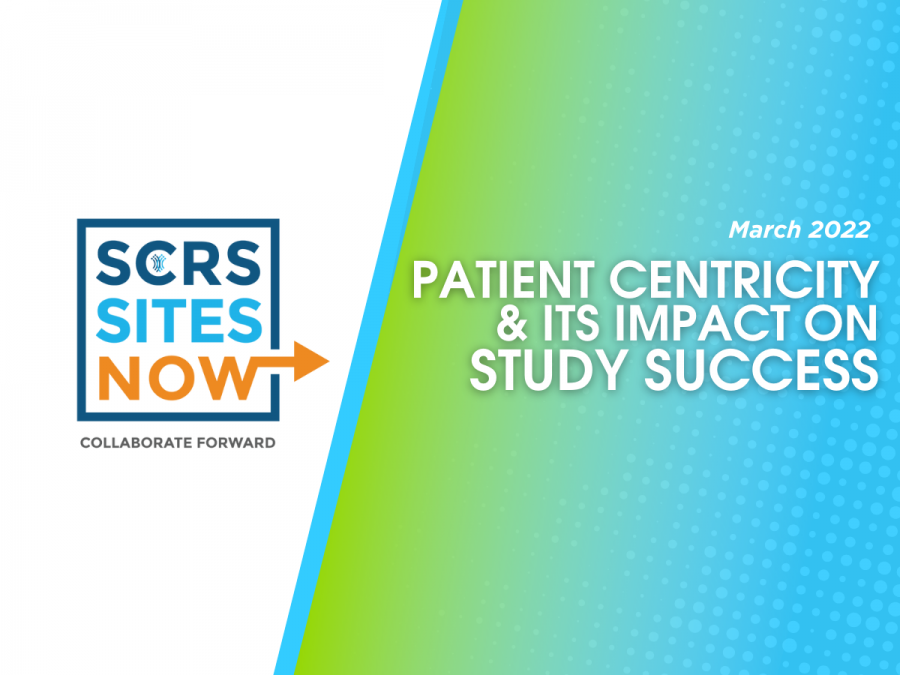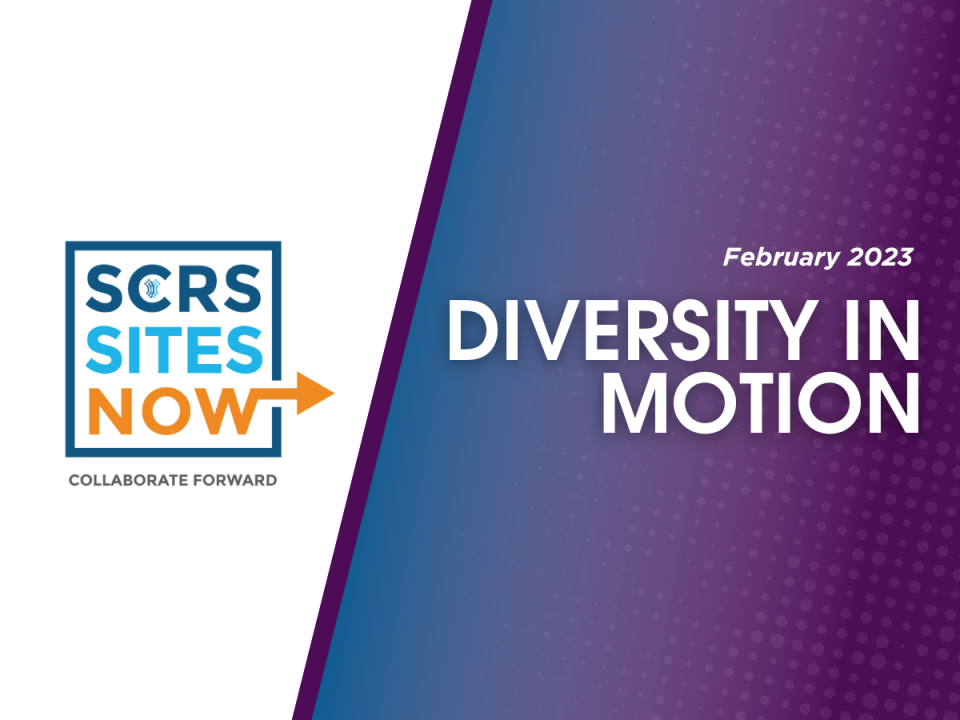Patient Centricity’s Impact on Study Success

The phrase “patient-centricity” has been circulating the healthcare and clinical research industry for quite a while. What does patient-centricity really mean and how can we ensure our practices are meeting and exceeding that definition?
The March Sites NOW meeting tackled all things patient-centricity and discussed practices industry can implement now to impact study success.
Improving Study Design from Start to Finish
In a Sites NOW poll, 49% of respondents said they currently have patient-centricity policies and procedures in place, while 30% have procedures in development, and 21% don’t have any patient-centric procedures in the works.
Patricia Roselle, Sanofi, stated that before you consider exploring any patient-centric processes, keep in mind the strategy should span all the way from pre-trial to post-launch. It’s an ongoing process that involves conducting surveys throughout the study, asking open-ended questions about patients’ research experiences, and following up every six months with surveys.
Getting feedback at the end of a study is too late – if there are trends across sites, protocol amendments should be considered. We can’t assume things are still working well – we need to get feedback continuously. Learning throughout the trial and acting as quickly as possible to implement any needed changes will have a massive impact on patient retention.
Health authorities and industry are experiencing a learning curve to understand how science can be fused with patient insights for better integration. Traditionally, sponsors have known the simplest way to implement patient-centered initiatives is to start at the study design phase to reduce burden.
When looking at study design, consider how it impacts Diversity, Equity and Inclusion (DEI) efforts. Some long-standing inclusion and exclusion criteria are inherently biased and severely limit potential participants. Address this by ensuring protocols are easier for patients to qualify for participation in studies. Although protocol amendments can be a pain point, they are incredibly important when they impact who can be included in a study.
The patient experience can also be improved by reducing patient/caregiver inconveniences through means such as providing transportation, reimbursement, and home health care options.
As part of industry’s collective efforts to make clinical research more understandable and approachable to the general public, we need to keep in mind that patients are people. How do they feel about the term “patients”? Industry can create more comfort by asking patients how they want to be referenced.
Creating patient-centric practices is usually a budget issue, so industry partners need to walk the walk and support it in every way on a project basis. If CROs are unable to allocate additional funding for a particular study, keep it top of mind for future studies.
Patient Champions
Patients, sites, CROs, sponsors and vendors all need to be a part of the conversation in order to make patient-centricity a reality. This means all stakeholders need frequent site and patient feedback to better understand patient experiences. It’s not something only one arm of clinical research can tackle, as Sites NOW panelist Ellen Price mentioned. “Without collaborating with sponsors and CROs, we wouldn’t be able to bring these patient-focused plans to fruition.”
Sites, find your like-minded, patient-centric champion who shares your values and can have conversations around patient engagement programs. Ask your CRO partner to connect you with the right person who will be your partner/advocate and communicate patient needs and feedback to enact change. Be persistent! CROs value hearing from sites and may not get to speak to them often, so your input is important.
What is our industry missing with patient centricity and how can we help change?
After the presentation, Sites NOW attendees divided into groups for further discussion to share thoughts on what industry is missing with patient-centricity.
One insight is that not everyone wants to do things the same way, so flexibility and options for patients are important. Additionally, industry tends to group patients in specific therapeutic areas together and generalize their needs without considering individual patient barriers. We need to understand the patient before writing a protocol.
Listen to sites in the early stages of protocol development for input on what may or may not work. Site Advocacy Groups are a great tool for this. Also, industry needs to consider how sites will manage flexibility options operationally.
The conversation was mixed in regards to finding a balance with technology use in trials. We’re adding many new technologies to studies, but are they all patient-centric? Technology can add a lot of stress on study coordinators to manage, where 30% to 40% of their time is spent at the computer dealing with technology. Tech support services are needed to remove this burden from sites. Consider what can we offer through telehealth and other virtual means to assist patients with accessibility, keeping in mind simplicity is the key for both sites and patients. As the industry looks to implement more patient-centric approaches, we also need to consider how to provide meaningful support and services to patients without adding burden to sites.
If you want a glimpse of what participants experience in your trials, “Volunteer to be a research participant yourself to experience the process.”
The full meeting recording featuring Patricia Roselle from Sanofi, Lisa Dyment of PPD and Ellen Price of Meridian Clinical Research is available to view here.



